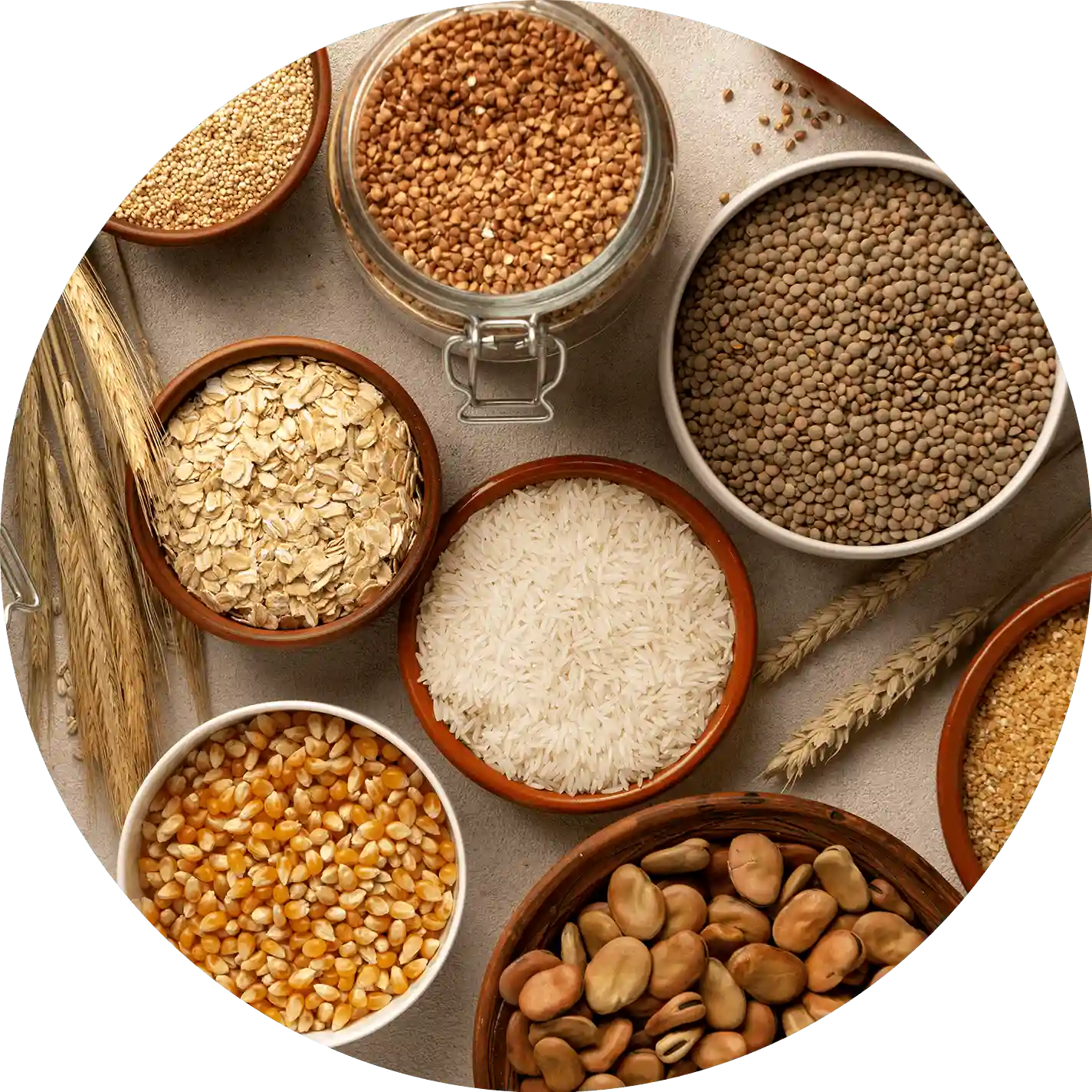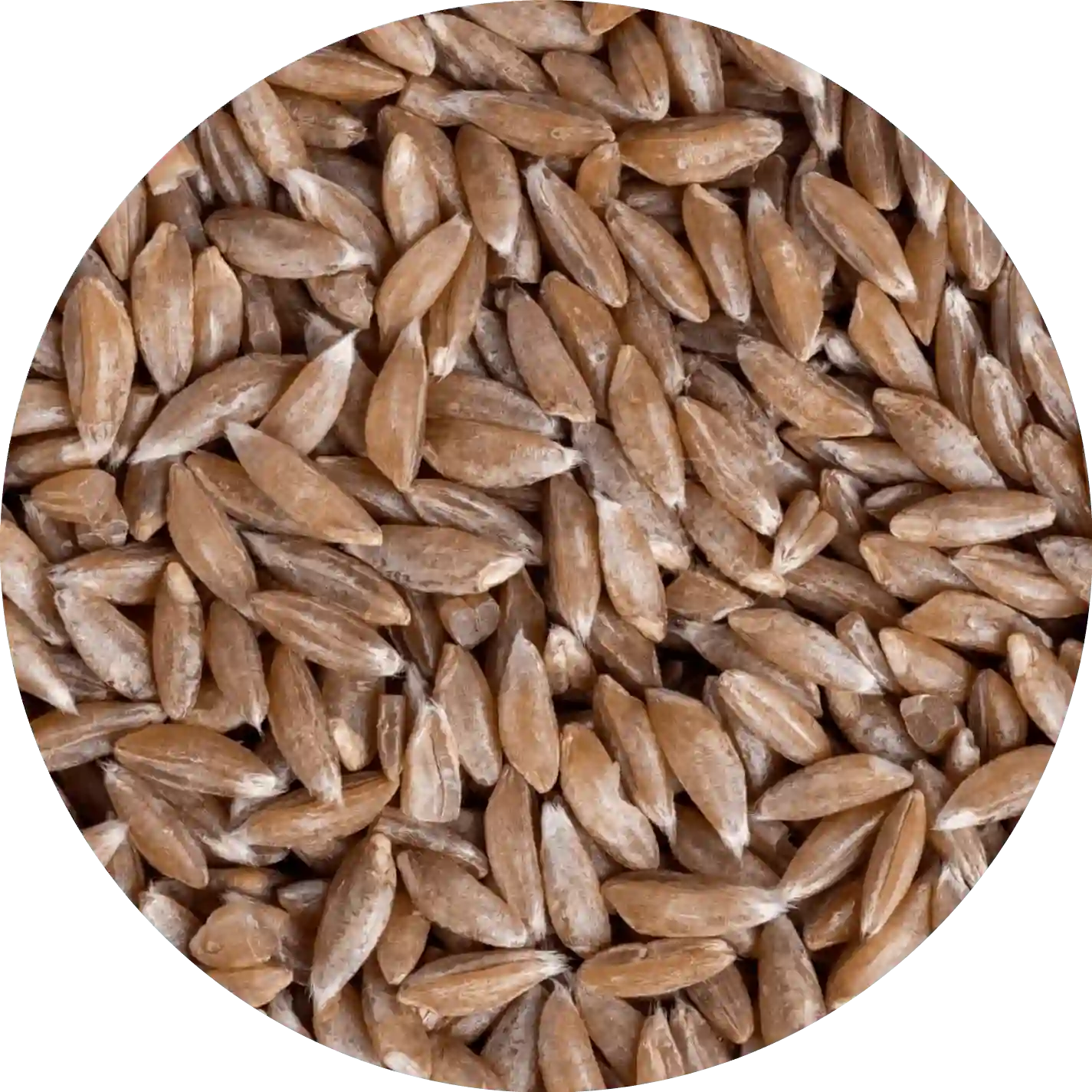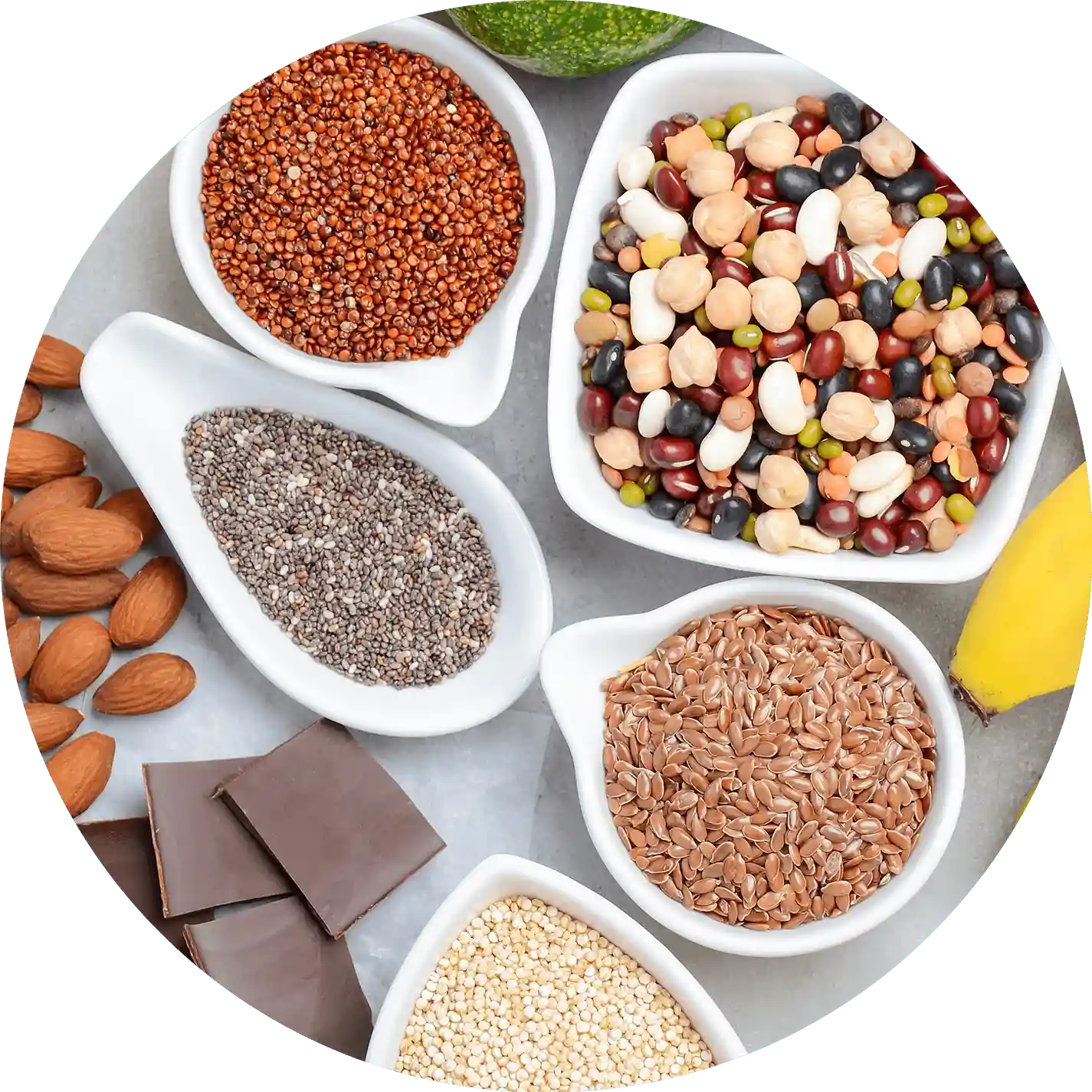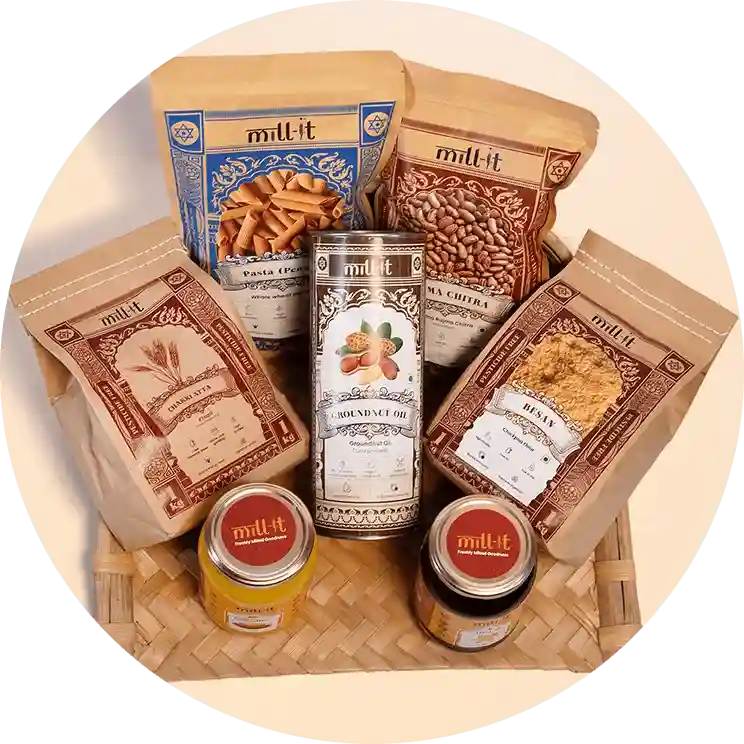Cold-Pressed Oils
Cold-pressed oils, derived through mechanical extraction at temperatures below 50°C, retain bioactive compounds often lost in conventional refining. These oils, including cold-pressed virgin coconut, sesame, and extra virgin olive oil, are increasingly recognized for their role in reducing oxidative stress and chronic inflammation . This report synthesizes findings from peer-reviewed journals, academic books, and government resources to analyze their nutritional profiles, extraction methodologies, and applications in dishes like oil-based salad dressings.
##Nutritional Profiles of Cold-Pressed Oils
| Oil Type | Saturated Fats (g/100g) | MUFA (g/100g) | PUFA (g/100g) | Vitamin E (mg/100g) | Dominant Phytochemicals |
|---|---|---|---|---|---|
| Coconut Oil | 86.5 | 5.8 | 1.8 | 0.3 | Lauric Acid, Caffeic Acid |
| Sesame | 14.3 | 39.7 | 41.7 | 1.4 | Sesamin, Sesamol |
| Black Mustard Oil | 12.0 | 59.0 | 21.0 | N/A | Allyl Isothiocyanate, Sinapine |
| Extra Virgin Olive | 13.8 | 73.0 | 10.5 | 14.3 | Oleocanthal, Hydroxytyrosol |
| Groundnut Oil | 16.2 | 57.1 | 19.9 | 15.2 | Resveratrol, phytosterols |
Data sources: Seneviratne & Jayathilaka (2016); Gunstone (2011); Ukrainian Food Journal (2018)
Types of Cold-Pressed Oils in Mill-it
Black Mustard Oil
Extracted from Brassica nigra seeds, black mustard oil contains allyl isothiocyanate (AITC), a volatile compound with demonstrated antifungal and antimicrobial properties. Its unique composition disrupts microbial cell walls, making it effective against pathogens like Aspergillus flavus. The oil’s high erucic acid content (42%) requires moderation in consumption, though traditional Ayurvedic practices utilize it topically for joint health.
Yellow Mustard Oil
Yellow mustard oil (Brassica herita) containing 36.73% protein and 31.78% oil has a rich abundance of allyl isothiocyanate (AITC) at 148 mg/100g – contributing to flavor and known for its antimicrobial and anticancer properties. It's also high in essential amino acids, especially lysine and valine, and includes a healthy amount of oleic and linolenic acids.
Sesame Oil
Cold-pressed sesame oil is rich in sesamin and sesamol, lignans that reduce oxidative stress and improve metabolic health. A meta-analysis of 12 clinical trials found that daily consumption (≥32 g) significantly lowers fasting blood glucose (−3.27 mg/dL) and LDL cholesterol. Its balanced MUFA (39.7%) and PUFA (41.7%) profile supports cardiovascular function, while tocopherols enhance oxidative stability in dressings.
Groundnut Oil
Comparative studies show cold-pressed groundnut oil retains 15% more unsaturated fats than refined variants, with an iodine value of 90.3 vs. 77.2 in refined oil, indicating higher omega-3 bioavailability. However, its peroxide value (0.93 meq/kg) suggests shorter shelf life, necessitating dark storage to prevent rancidity.
Extra Virgin Olive Oil
Extra virgin olive oil obtained through mechanical extraction, known for its low acidity (<0.8%) and rich nutritional profile. It contains 63–80% monounsaturated & polyunsaturated fats, and notable amounts of antioxidants like phenolic compounds.
Why Choose Cold-Pressed Oils?
- 1. Nutrient Retention: Cold pressing preserves 80–90% of tocopherols and 95% of polyphenols, versus 40–60% in refined oils.
- 2. Absence of Trans Fats: Zero trans-fat formation, unlike partial hydrogenation used in commercial oil processing.
- 3. Ecological Sustainability: Cold press machines consume 0.8 kWh per liter of oil, 65% less than solvent extraction systems.
Frequently Asked Questions
What are cold-pressed oils? Cold-pressed oils are mechanically extracted at temperatures <50°C, avoiding chemical solvents. This method preserves phytochemicals like sesamol in sesame oil and glucosinolates in mustard oil.
Is cold-pressed oil better than regular oil? Yes. Cold-pressed groundnut oil contains 23% more polyunsaturated fats than refined versions, enhancing cardioprotective effects. Refining strips 40–60% of tocopherols, whereas cold pressing retains 80–90%.
Can we fry in cold-pressed oil? Depends on smoke point. Cold-pressed groundnut oil’s high oleic acid content (59%) allows safe frying at 160–180°C, though prolonged heating degrades omega-3s.
Why is cold-pressed oil expensive? Cold pressing yields 60–70% less oil than hexane extraction, and pre-treatment steps (e.g., seed dehulling) increase production costs by 18–25%.
Which oil is best for frying? Cold-pressed groundnut oil, with a smoke point of 229°C and low linolenic acid (1.8%), minimizes acrylamide formation during deep-frying.
























